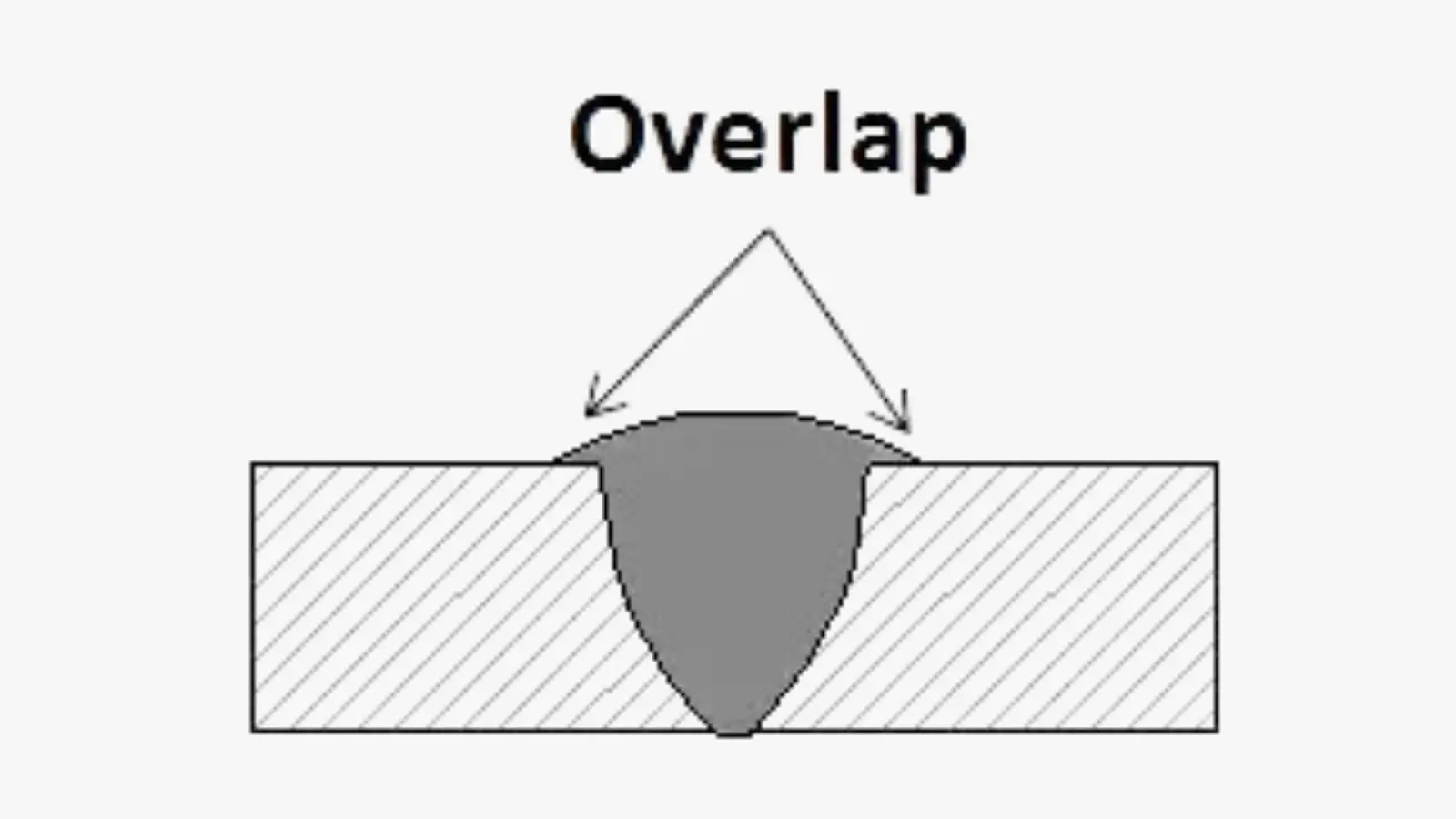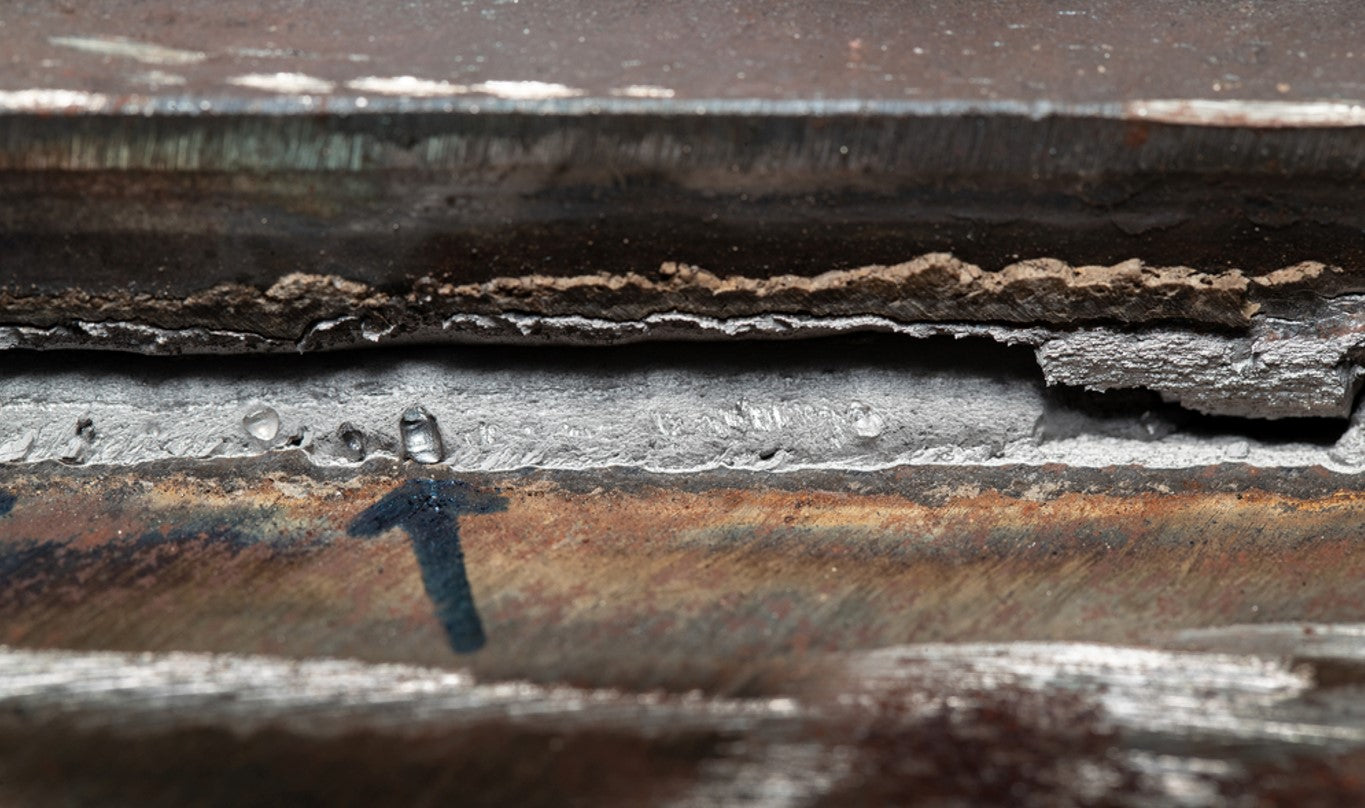Specialist Strategies for Preventing Weld Undercut Efficiently
Understanding the Art of Welding: Exactly How to Stay Clear Of Undercut Welding Issues for Flawless Fabrication Outcomes
By comprehending the root causes of undercut welding and applying reliable techniques to avoid it, welders can raise their craft to new degrees of quality. In the pursuit of perfect fabrication outcomes, mastering the art of welding to avoid undercut issues is not simply a skill however a need for those making every effort for excellence in their work.
Comprehending Undercut Welding

To avoid undercut welding, welders ought to make sure proper welding parameters, such as adjusting the current, voltage, travel speed, and keeping the right electrode angle. By comprehending the causes of undercut welding and applying preventative measures, welders can achieve premium, structurally sound welds.
Causes of Undercut in Welding
Understanding the variables that contribute to undercut in welding is important for welders to create top quality, structurally audio welds. Poor welding existing or wrong welding speed can additionally contribute to damage. Understanding these causes and applying correct welding strategies can assist stop damaging problems, making sure strong and long lasting welds.
Techniques to stop Undercutting

To minimize the risk of undercutting in welding, welders can employ tactical welding methods focused on improving the top quality and stability of the weld joints. One reliable approach is to adjust the welding criteria, such as voltage, current, and take a trip rate, to make certain proper warm input and deposition. Keeping a suitable electrode angle and making sure consistent travel rate can likewise aid prevent undercut. In addition, utilizing the right welding strategy for the details joint setup, such as weave or stringer grains, can add to minimizing undercutting. Preventing weld undercut.
Utilizing back-step click here for info welding techniques and controlling the weld bead profile can additionally assist disperse warm equally and reduce the danger of undercut. Regular assessment of the weld joint throughout and after welding, as well as executing quality guarantee steps, can aid in resolving and detecting undercutting concerns immediately.
Relevance of Proper Welding Criteria
Picking and preserving proper welding parameters is necessary for achieving effective welds with very little problems. Welding parameters refer to variables such as voltage, current, take a trip rate, electrode angle, and protecting gas circulation rate that directly influence the welding procedure. These criteria have to be very carefully readjusted based upon the kind of material being welded, its density, and the welding method utilized.
Appropriate welding parameters ensure the appropriate amount of heat is put on thaw the base steels and filler product consistently. If the criteria are set too expensive, it can result in excessive heat input, triggering spatter, burn-through, or distortion. On the various other hand, if the criteria are too reduced, incomplete fusion, absence of infiltration, or damaging might happen.
Quality Control in Welding Procedures

Verdict
To conclude, understanding the art of welding calls for a complete understanding of undercut welding, its reasons, and strategies to avoid it. By guaranteeing correct welding parameters and carrying out quality control techniques, perfect fabrication results can be achieved. It is necessary for welders to consistently pursue quality in their welding procedures to avoid undercut issues and generate top notch welds.
Undercut welding, an usual problem in welding procedures, occurs when the weld steel doesn't appropriately fill discover here up the groove and leaves a groove or clinical depression along the bonded joint.To prevent undercut welding, welders ought to make sure proper welding specifications, such as changing the existing, voltage, traveling speed, and maintaining the proper electrode angle. Insufficient welding inaccurate or existing welding speed can also contribute to undercut.To mitigate the risk of undercutting in welding, welders can employ calculated welding methods aimed at enhancing the top quality and integrity of the weld joints.In final thought, grasping the art of welding requires more a complete understanding of undercut welding, its causes, and strategies to stop it.